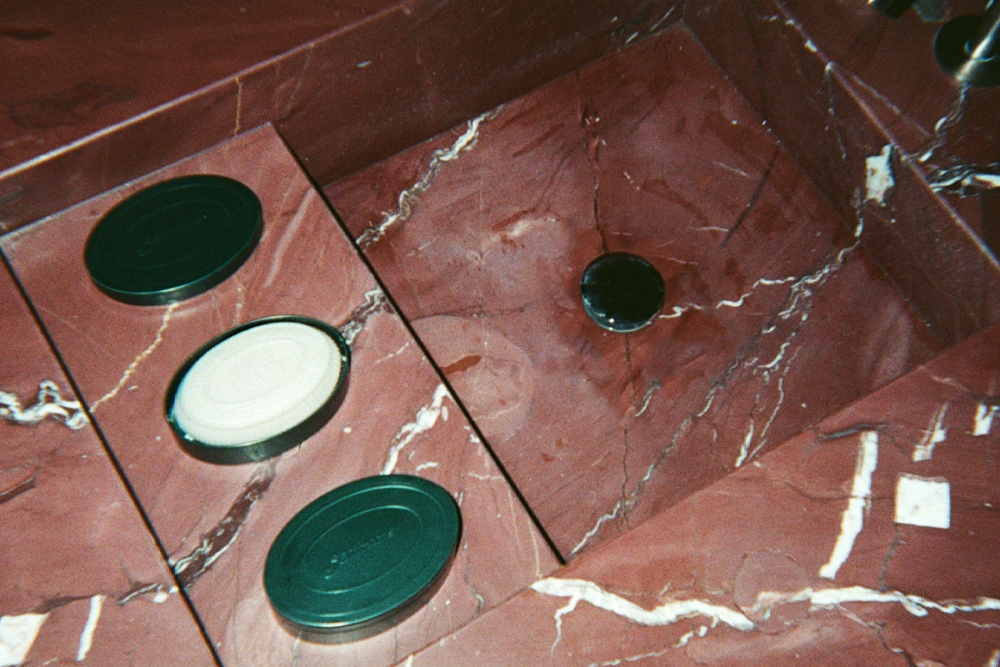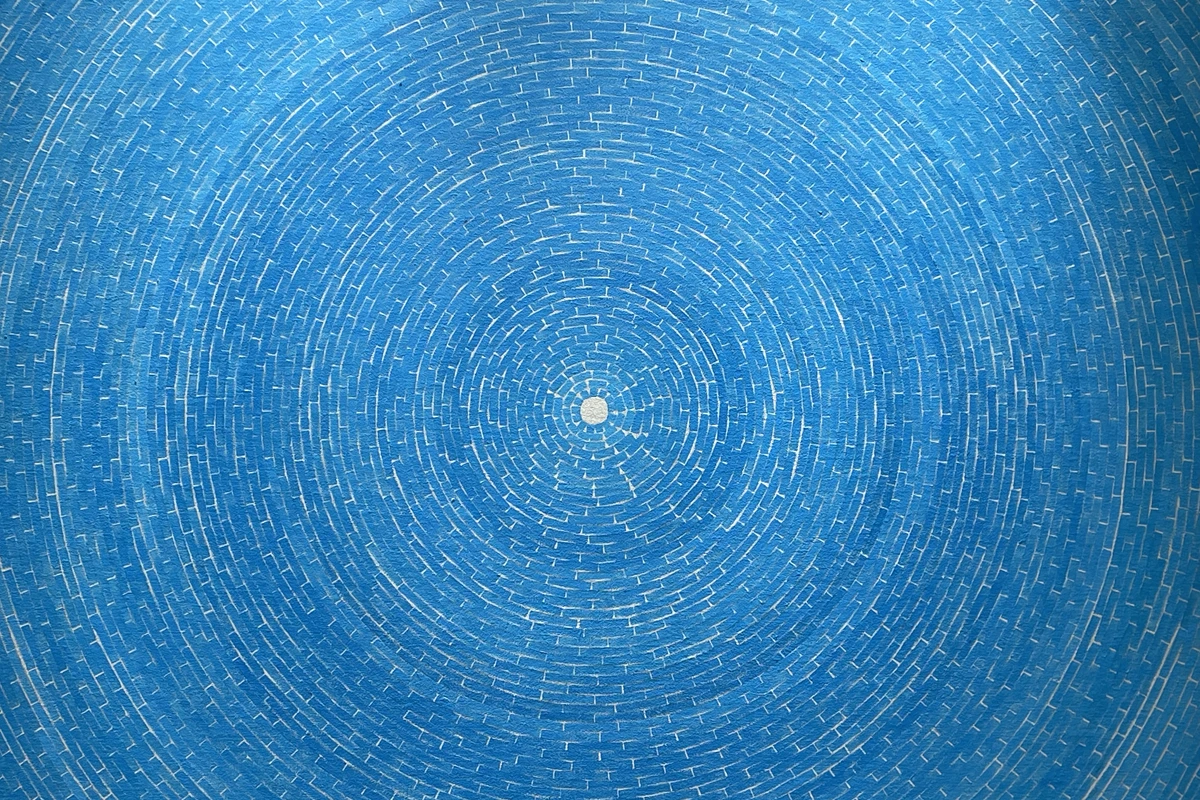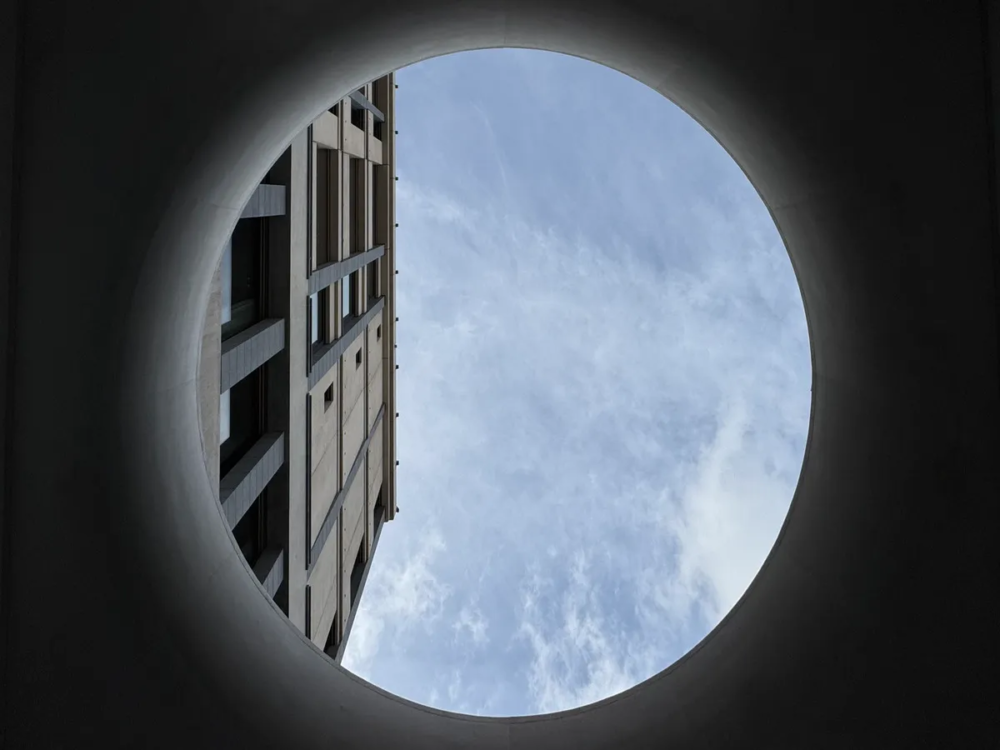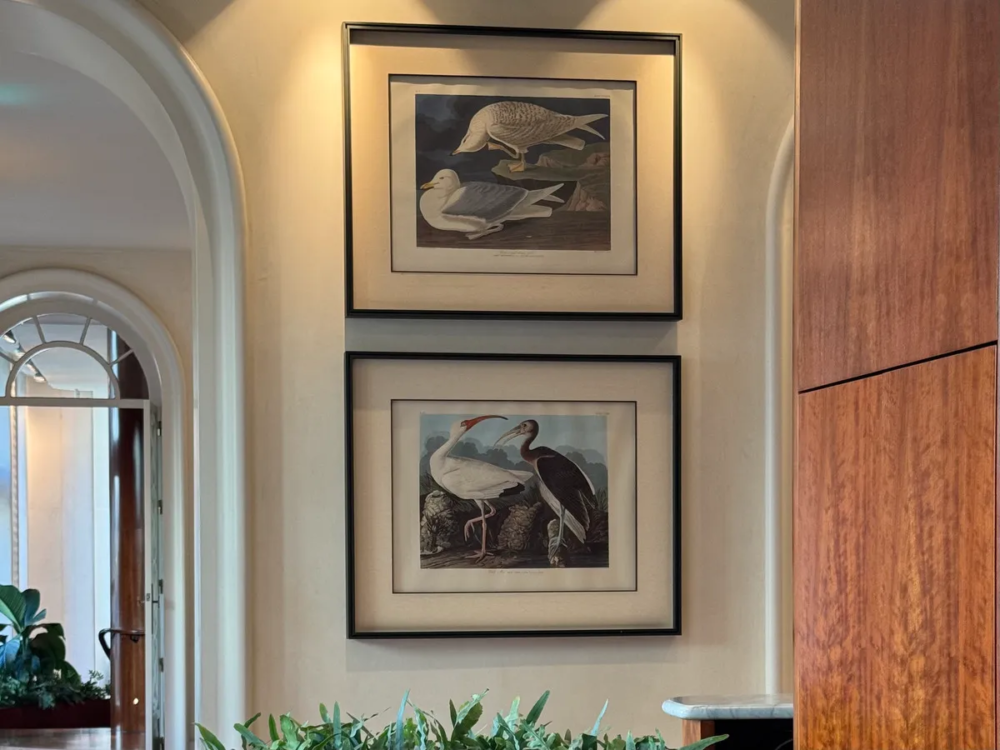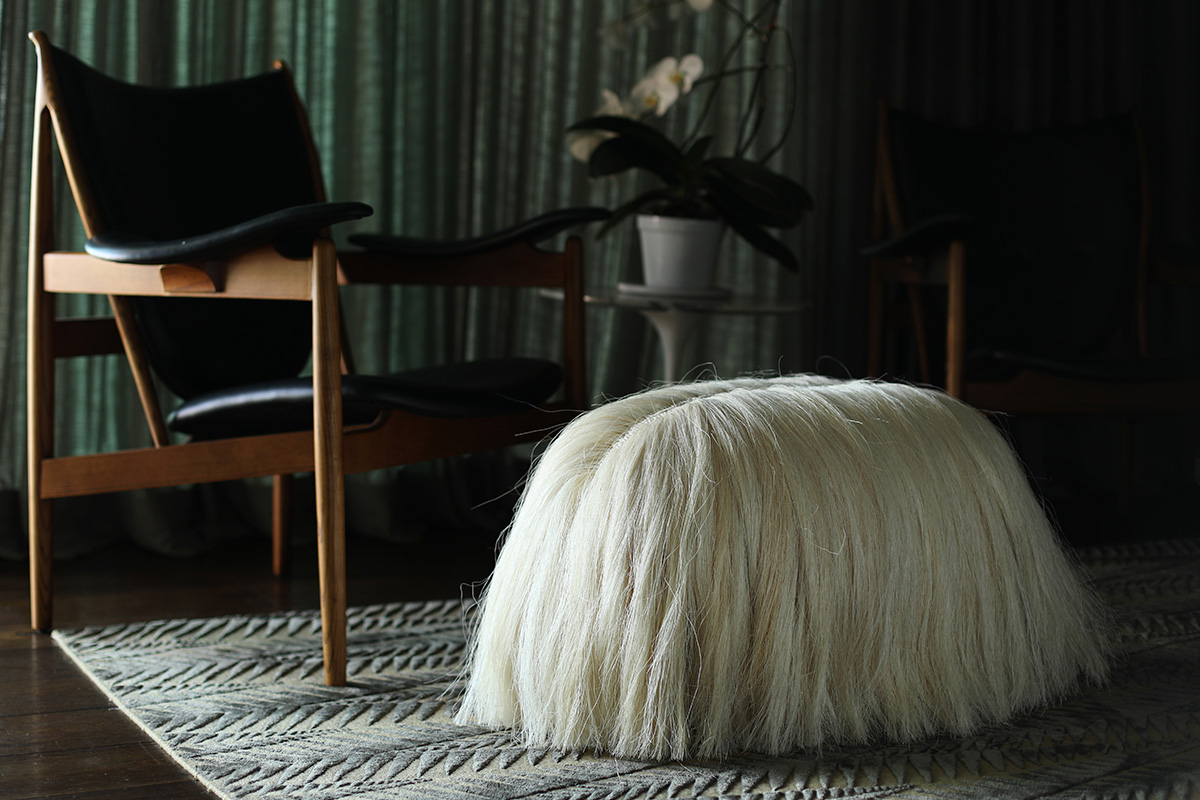
PAD London: «Why is there such an obsession with plastic?» Fernando Laposse asks
Fernando Laposse uses plant fibers native to Mexico, such as sisal, loofah and corn husks working in a closed loop system
PAD London, the 2022 edition
On the tenth of October 2022, PAD returned to London. The historical and contemporary design focused fair that was initiated in 2007 as the sister fair to PAD Paris. Now, following a two-year period of online activity, it is back in the English capital with its fourteenth edition.
Poised by Patrick Derrin, Founder and CEO of PAD fairs, the event «captures all the elements that constitute the fair’s DNA». This return of a physical edition aims at representing «a curated gathering of international gallerists and creators, driven by a common goal to spread their work and craftsmanship». PAD reflects Mr. Derrin’s desire to spark a conversation between past and present and a commitment to break down barriers between the disciplines of art, design and jewelry in order to foster creativity.
The sixty-two enlisted galleries, with 21 newcomers, showcase a selection of works spanning Contemporary and Twentieth century Design. Ranging from ceramic artists to designers, all materials – from natural ones such as fallen trees to relics up to spatial references of twentieth-century invention – are employed.
With a similar drive for the actionable, and amongst the artists that PAD London is championing during its 2022 edition, is Mexican designer Fernando Laposse whose work is on show at Sarah Myerscough Gallery
Fernando Laposse design practices as «as an anthropological exercise»
Mr. Laposse was born as a product designer and his training happened at Central Saint Martins. His artistic practice is founded in research, documentation, and material exploration – histories, to cultures and peoples, and into the general public’s consciousness. His attention is also focused on the exploration of globalization and its effects on agriculture, culture and community, the environmental crisis, and the role of design in the forging of new industries. Mr. Laposse practice as an object maker is one, he sees «sometimes, as an anthropological exercise».
A model is represented by his collaboration with an indigenous village community in Mexico City, which has been ongoing since 2015. In a closed loop system employing the indigenous knowledge, skill and members of the community, the artist processes overlooked plant fibers native to Mexico, such as sisal, loofah and corn husks, into environmentally sustainable materials, which are then used in the making of his collectible design objects.
In his regard «Design objects and collectible objects are nothing more than artifacts. Contemporary artifacts. If you look at anthropologists, what do they do? They analyze how people used to live in other times, but how do they do that? They do that mostly through objects». Hence, with the production of these objects loaded with history, tradition, and culture, where these indigenous stories are globally accounted for, «it’s the same principle. It’s about recording information that is pertinent to what’s going on in our present time, and that is manifested through the piece».
Back to the origins, design as an act of making
After returning to Mexico City in 2020, during Covid-19, Mr. Laposse began his ‘return to the origins’. In Mexico, the artist started re-learning the institutionalized notions of design and its relationship with materials and site. This, in an investigation of a reform of preconceptions regarding art, design, and the meaning of objects, which he had inherited through time spent in London.
Now, posited at a site from which he questions through design and the act of making, Fernando Laposse’s sculpture examines and questions the label of ‘sustainability’ through a permanent placement in the location of ‘re’: reintroducing, recovering, returning.
A reflection around the themes of sustainability and consumerism
Revolving around the fact that the Earth is of finite resources, the term ‘sustainability’ refers to the meeting of current needs whilst ensuring the ability for future needs to be met. Sustainable is not just centered around the use of less environmentally damaging materials, but also on means of production: who produces and under what conditions.
Mr. Laposse stresses that gaining knowledge without having yet addressed what lies at the heart of the environmental crisis, which is ‘the way we consume’, is characterizing today’s time. There are voices calling for more environmentally friendly substitute materials without adjusting how much is produced and how regularly, forming the mainstream course.
«Why is there such an obsession with plastic?» Mr. Laposse wonders. «Plastic and its substitutes is the conversation that dominates the worldwide environmental crisis. What’s happening is that you’re just not producing the plastic or you’re producing things with recycled plastic, only to sell something again. Something of equal cheap perception, something that will be thrown just as quickly. And it’s almost like taking away the guilt of buying and throwing, just simply by saying ‘it’s going to decompose’. It’s just a new trick in the same arc of ‘how are we going to sell you something again’».
[envira-gallery id=”109096″]
Regenerative agriculture as the key to sustainable practices
The artist sees sustainability as centered around preserving for the next generation, as a «threshold we crossed at least thirty years ago». Now, for Fernando Laposse, «There’s this new word called regeneration: regenerative agriculture».
According to Mr. Laposse fostering diversity is one of the practices associated with regenerative agriculture. «Avoiding monocultures can lead to greater dry matter production because of the complementarity of light, water, and nutrient use of different crops». The recovery of soil in farm and pasture lands allows ecosystems within the soil to thrive, by improving the health of the soil as well as the quality of crops grown within that soil.
What is sustained in regenerative agriculture is for the long term, not for the sustenance of limited resources. In this vein, regenerative agricultural practice aims for longevity of soil health, through the exclusion of pesticides and chemical fertilizers, in the farming process.
A focus on indigenous impacted communities
Mr. Laposse’s artistic project places emphasis on the advantages of avoiding monoculture. The work of the artist sees the involvement of Mexican indigenous farmers and producers. Where the regenerative practices aim to reinstate topsoil growth, Mr. Laposse and his collaborators aim at reinstating community practices and indigenous ways of life. «We look at agriculture, closed loop systems about creating a parallel economy for these farmers so they don’t migrate again».
Latin American farmers experience the loss of land, population, and income, brought by the environmental crisis as well as by the effects of capitalism, that are as well undermining indigenous ways of farming and living. Mexico City is still seeing the migration of population to the United States.
Fernando Laposse aims at presenting at via Sarah Myerscough Gallery at PAD London, with a projection, the effect on the devastating effect on the Mexican indigenous community.
Lending a voice to the communities
«Indigenous people are the most underrepresented demographic, simply because they don’t subscribe to the usual channels of communication. The reality of how they live and the challenges they face are not talked about that much». Granted a voice to tell their own narratives through the films Mr. Laposse produces as records of work and tools of education, the farmers and community. Mr. Laposse works with «videos that talk about the inequalities of the free market, land rights in Mexico, human rights abuses, migration».
Invited to talk at the World Economic Forum 2020, he brought some of his collaborators, asserting that his attendance was hinged to theirs. «The main motivation for me was the personal commitment I had to the people and the promises that I made». It is about telling these stories.
Finding a vehicle to tell these stories
As much of his work is accompanied by explanations, informing and eye-opening on community, culture, history and sustainable — regenerative — practice, it is about telling these stories, bringing back, grace and right, to his Mexican community. Mr. Laposse employs the tools at his disposal and makes a point of accessibility of the information.
It is for the same reason that he works with forms that are playful. Take Sisal Pup, his dog-shaped stool presented at this year’s PAD London fair, by Sarah Myerscough Gallery. Through its form and likeness, he gestures an olive branch. A negotiation with his audience that works to make people more receptive to the concerns his work responds to. With the works ‘domesticated and dominated’ so they can be used, it is about negotiation rather than provocation.
These are all means to open eyes on the environmental crisis. Which affects everyone, but as Mr. Laposse brightly points out, disproportionately harms those in Latin America and Africa. It is about recognizing how to get a message across by employing the right format.
PAD London: platform for the conversation
It is the specific site conditions of PAD London that offer designers such as Fernando Lappose what they need.
Situated as a curated fair, the format of PAD London allows for works to be received intently and slowly. «These kinds of curated fairs, where it’s not necessarily a trade fair, give you the opportunity to talk about the backstory of some of these pieces». They offer press and interrogation.
Patrick Perrin, Founder and CEO of PAD fairs, says it is «driven by a common goal to champion work, new talent, innovation and craftsmanship. There is a desire to inspire interiors by sparking a conversation between past and present. We break down barriers between the disciplines of art, design and jewelry in order to foster creativity».
There are sixty-two galleries this year. There is an audience. Typically, the fair is held every October in Berkeley Square, Mayfair, and receives on average two thousand five hundred visitors. After two years of online-only activity, this year’s edition is set to be visited by upwards of six thousand people across the week it is held. They will be communicating seventy plus stories to the attending audience of artists, gallerists, collectors etc.
PAD London
PAD London is a design and art fair held every October at Berkeley Square, Mayfair and coincides with Frieze London.

